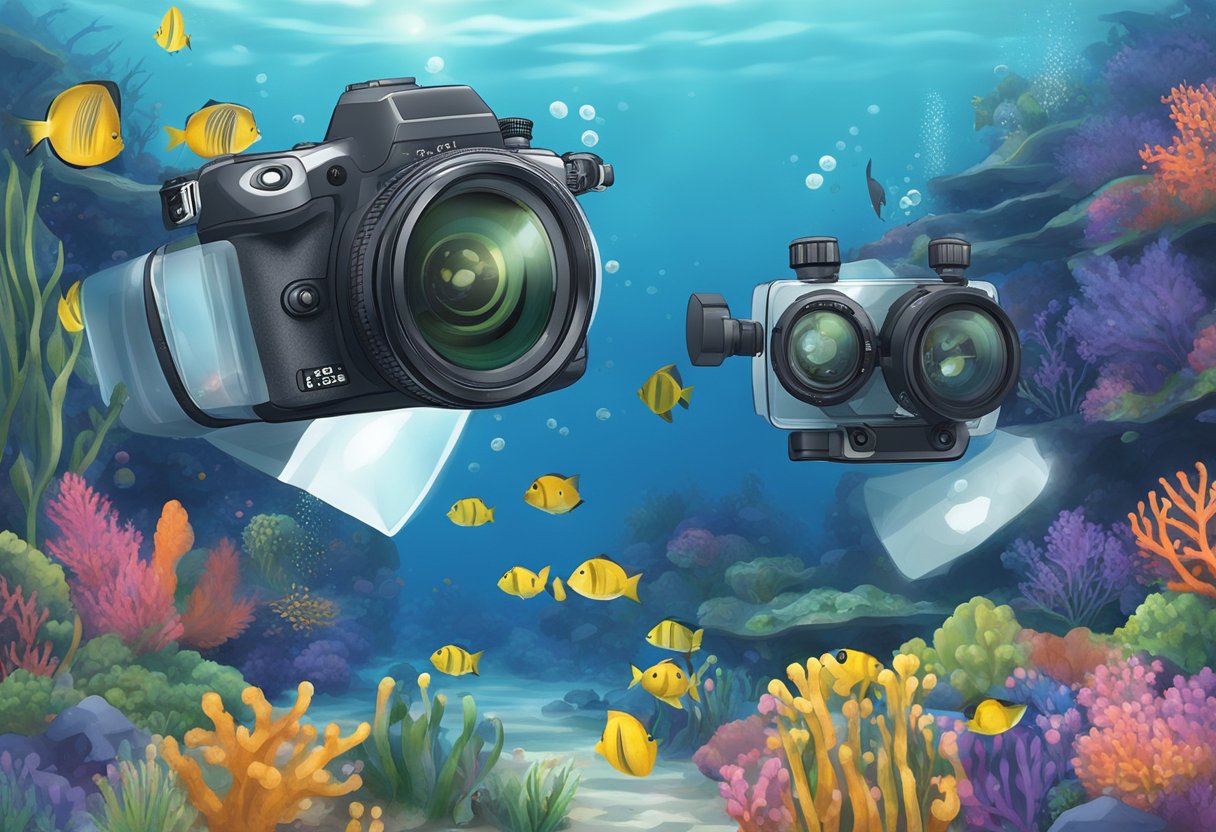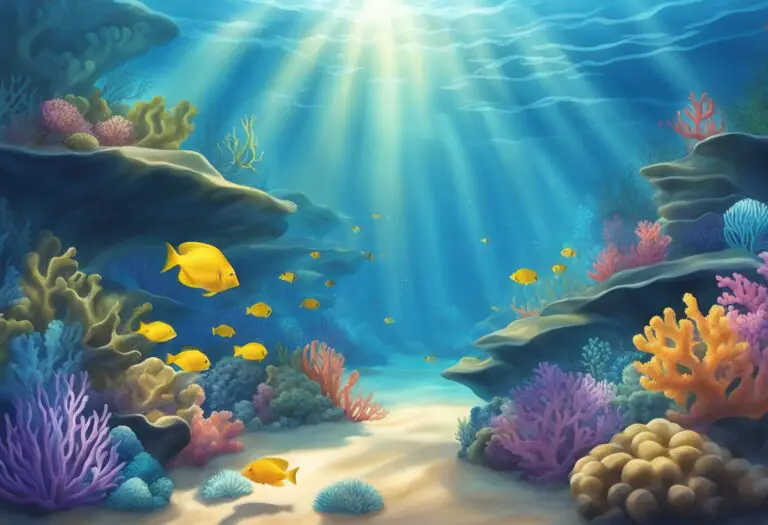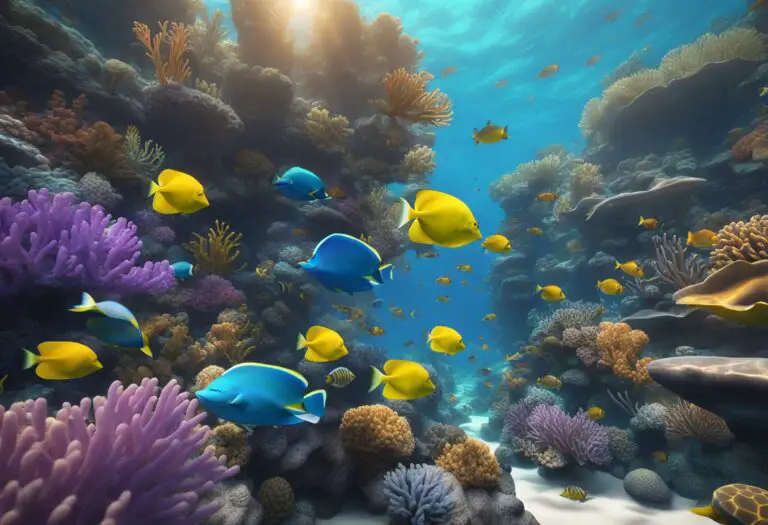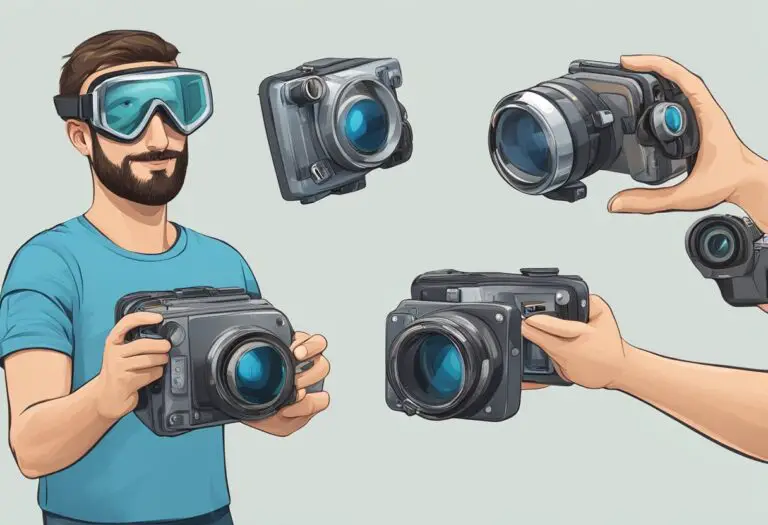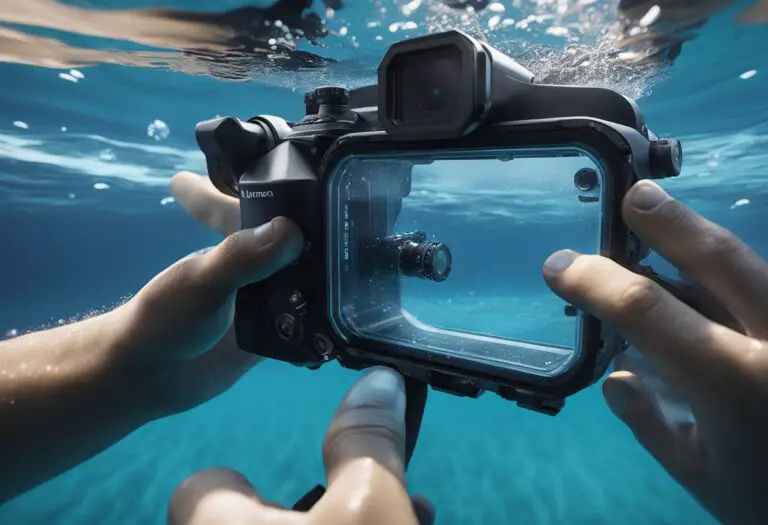Essential Underwater Photography Equipment
Underwater photography can be a challenging yet rewarding experience for beginners who are looking to explore the beauty of the underwater world. However, it requires specialized equipment and settings to capture stunning images. Without the proper gear and knowledge, beginner photographers may struggle to take high-quality photos underwater.
One of the most important pieces of equipment for underwater photography is a waterproof camera. There are several options available, including compact cameras and DSLR cameras with underwater housings. It’s essential to choose a camera that suits the photographer’s skill level and budget. Additionally, underwater strobes or flashes can help to illuminate the subject and capture vibrant colors in the underwater environment.
In addition to the camera and lighting equipment, there are several settings that beginner photographers should consider when shooting underwater. These include aperture, shutter speed, and ISO. Understanding how to adjust these settings can help to capture sharp, well-exposed images in challenging lighting conditions. By learning the essential equipment and settings for underwater photography, beginners can capture stunning images and explore the beauty of the underwater world.
Understanding Underwater Photography Basics

Importance of Natural Light
Natural light is an essential element in underwater photography. Unlike land photography, where the photographer has more control over the lighting conditions, underwater photographers have to rely on the available natural light. The deeper the water, the less light there is, and the more color is lost. Therefore, it is crucial to understand how light behaves in water and how it affects the subject.
Effects of Water on Light and Color
Water has a significant impact on light and color. As light passes through water, it is absorbed, reflected, and refracted. Water filters out the colors of the spectrum in the order of their wavelengths, with red being the first to go, followed by orange, yellow, green, and blue. This is why objects appear bluish-green or greenish-blue underwater.
To compensate for the loss of color, underwater photographers use artificial light sources like strobes and video lights. However, it is important to use them judiciously, as too much light can create harsh shadows and blow out the highlights.
In conclusion, natural light and water have a profound impact on underwater photography, and understanding their behavior is crucial for beginners. By knowing how light behaves in water and how it affects the subject, photographers can make informed decisions about the equipment and settings they need to capture stunning underwater images.
Essential Underwater Photography Equipment
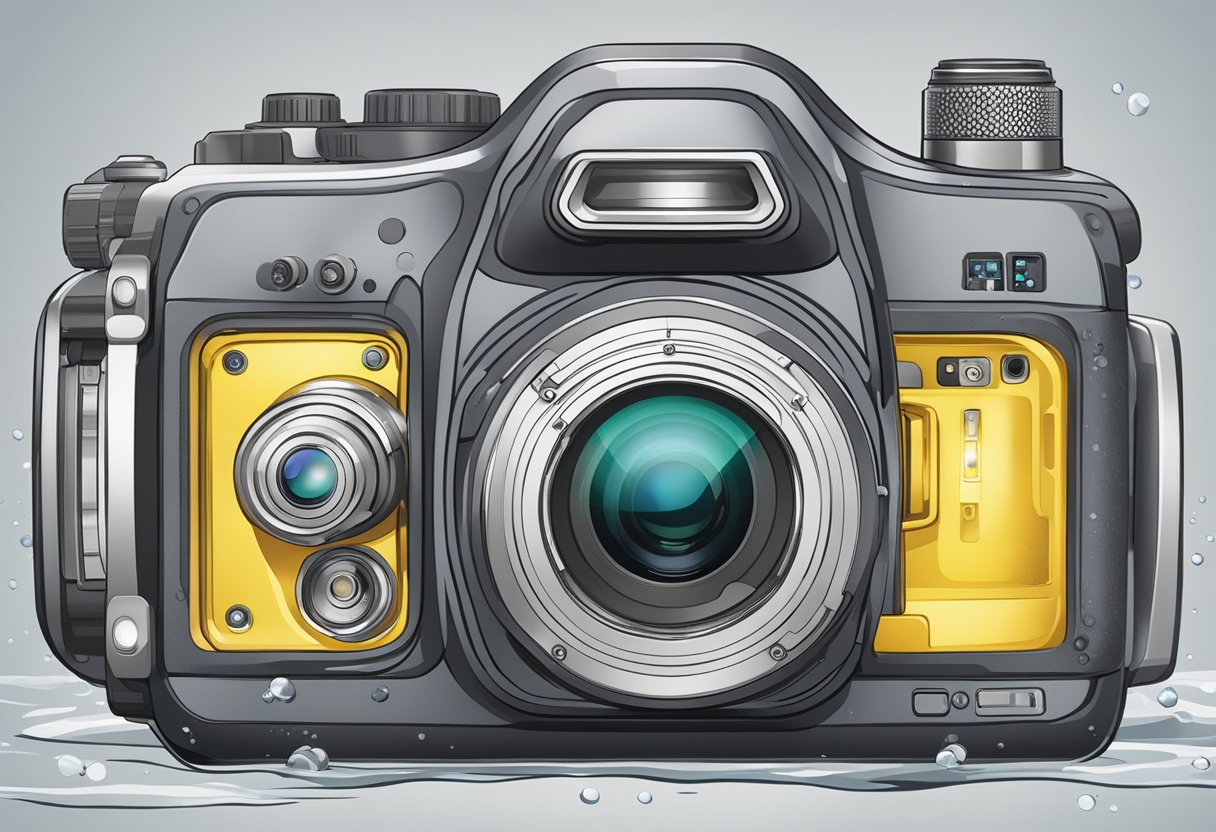
Underwater photography can be a challenging but rewarding experience for beginners. To capture stunning images underwater, it is essential to have the right equipment. Here are some of the essential underwater photography equipment that beginners need to have:
Choosing the Right Camera
The first step to becoming an underwater photographer is to choose the right camera. It is recommended to invest in a camera that is specifically designed for underwater photography. These cameras are waterproof and can withstand the pressure of being submerged in water. Some popular options include the GoPro HERO7 Black, Olympus Tough TG-6, and Canon PowerShot G7 X Mark II.
Underwater Housing Essentials
Once you have chosen your camera, the next step is to get the right underwater housing. Underwater housing is a protective case that allows you to take your camera underwater. It is important to choose a housing that is specifically designed for your camera model. Some popular options include the Ikelite Underwater Housing and the Nauticam Underwater Housing.
Importance of Strobes and Flashes
Strobes and flashes are essential for underwater photography as they help to bring out the colors in your images. They also help to reduce the amount of backscatter in your images. Backscatter is when particles in the water reflect light back into the camera lens, causing the image to appear blurry or hazy. Some popular options include the Sea & Sea YS-D2J Strobe and the Inon Z-330 Strobe.
In conclusion, having the right equipment is essential for beginners to capture stunning images underwater. By investing in a camera specifically designed for underwater photography, the right underwater housing, and strobes and flashes, beginners can take their underwater photography to the next level.
Optimal Camera Settings for Underwater Photography
Manual vs Automatic Settings
When it comes to underwater photography, manual settings are often preferred over automatic settings. This is because automatic settings can be easily fooled by the changing light conditions and colors underwater, resulting in incorrect exposure and color balance. Manual settings give the photographer more control over the final image, allowing them to adjust the shutter speed, aperture, and ISO to their liking.
White Balance Adjustments
White balance adjustments are crucial in underwater photography as the water can affect the color of the light. Different colors are absorbed at different depths, which can result in a blue or green tint in the photos. To correct this, it is important to adjust the white balance settings on the camera. Some cameras have preset options for underwater photography, but it is recommended to use a custom white balance setting for the best results.
ISO, Shutter Speed, and Aperture
ISO, shutter speed, and aperture are the three main settings that determine the exposure of the photo. In underwater photography, it is important to balance these settings to get the desired exposure while also maintaining sharpness and minimizing noise. A low ISO setting is recommended to minimize noise, while a fast shutter speed is necessary to freeze the motion of the subject. The aperture setting will depend on the desired depth of field and the available light. A wide aperture will result in a shallow depth of field, while a narrow aperture will result in a deeper depth of field.
Overall, understanding and adjusting these camera settings can greatly improve the quality of underwater photos. It is important to experiment with different settings and find what works best for each individual situation.
Composition and Framing Techniques
Underwater photography requires a unique approach to composition and framing. Here are some essential techniques that beginner underwater photographers should keep in mind:
Rule of Thirds Underwater
The rule of thirds is a fundamental principle of photography that involves dividing the image into thirds, both vertically and horizontally, and positioning the subject at the intersection of these lines. This technique can be applied to underwater photography as well. By placing the subject off-center, the image becomes more visually interesting and dynamic.
Utilizing Negative Space
Negative space refers to the area around the subject in a photograph. Utilizing negative space can create a sense of balance and harmony in the image. In underwater photography, negative space can be particularly effective in creating a sense of depth and scale. By leaving some empty space around the subject, the viewer’s attention is drawn to the subject itself.
Subject Focus and Eye Contact
When photographing living creatures underwater, it is important to focus on the eyes of the subject. This creates a sense of connection between the viewer and the subject. Additionally, if the subject is looking directly at the camera, it can create a more engaging and dynamic image. However, it’s important to avoid disturbing the subject or causing any harm in the pursuit of the perfect shot.
By keeping these composition and framing techniques in mind, beginner underwater photographers can create stunning and visually compelling images.
Maintenance and Care of Equipment
Post-Dive Cleaning Procedures
After each dive, it is crucial to clean and maintain your underwater photography equipment properly. Saltwater and sand can cause severe damage to your gear if not cleaned correctly. Rinse your camera housing, lenses, and accessories with fresh water immediately after each dive. Use a soft-bristled brush to remove any sand or debris from the equipment.
To clean the camera housing and lenses, use a microfiber cloth or lens cleaning solution. Avoid using harsh chemicals or abrasive materials that can scratch or damage the equipment. If you notice any signs of corrosion or damage, seek professional assistance before using the equipment again.
Storage and Transportation Tips
Proper storage and transportation of your underwater photography equipment are essential to ensure the longevity of your gear. Store your camera housing, lenses, and accessories in a dry, cool, and dust-free environment. Use silica gel packs or a dehumidifier to prevent moisture buildup.
When transporting your equipment, use a padded camera bag or hard case to protect the gear from damage. Avoid leaving the equipment in direct sunlight or extreme temperatures for an extended period.
Regular maintenance and care of your underwater photography equipment can significantly improve the lifespan and performance of the gear. By following these simple post-dive cleaning procedures and storage tips, you can ensure that your equipment remains in excellent condition for your next underwater photography adventure.

